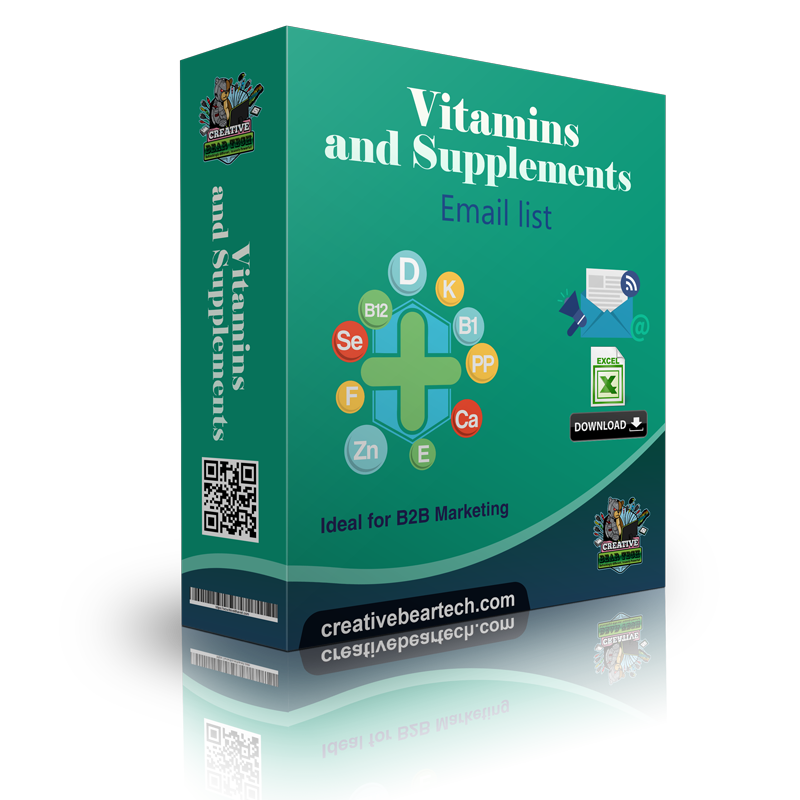10 b2b social media strategies that work for any industry? How often do you email your subscribers? Depending on the preferences of your subscribers, you may be sending too many or too few emails to keep them engaged with your brand. How many emails you send will largely depend on what you’re hoping to accomplish with your email marketing strategy. If you want to increase website traffic, more emails will do the trick. If you want to increase open rates on the other hand, sending more emails might have the opposite effect. We recommend testing different email frequencies with your audience to see what they best respond to. You could also let subscribers choose their own email frequency if your email marketing service supports it. You could include a selection for email frequency on your opt-in form to segment them from the start or send an email blast to your list to ask them to self-segment based on how often they want to hear from your brand. Remember that you’ll need to create different email campaigns for different frequencies.
What Is a Typical Open Rate? There really isn’t a typical open rate. But that answer isn’t super satisfying and doesn’t really tell the entire story. See, the open rate can vary due to how it’s measured, the size of your list, how often you send emails to your list, the industry you’re in, and any number of other factors. Even within your own email campaigns, you’ll find that your open rates vary. There are a couple common trends we know about, though, based on the data that’s already out there. First, a larger list tends to mean lower open rates. This happens because larger lists are typically larger in scope, meaning that you have more people who are “kind of” interested in your brand instead of diehard fans. The other thing we’ve seen is that open rates for nonprofits, churches, sports teams, and entertainers tend to be higher than average. This happens because these types of consumers tend to be very interested in any news about their favorites in these areas. The general rule is that the more niche the topic, the higher the open rates are going to be.
Social Media Marketing (SMM): Simply put, social media marketing refers to the process of using social media platforms to attract traffic and attention. By using social media, you can increase exposure and build meaningful relationships with your customers. While everybody can benefit from SMM as a type of digital marketing, B2C and SaaS companies tend to get the most out of it. Social media marketing is all about listening to what your customers have to say, engaging in the conversation, and sharing valuable content. An example of a tweet from Andy Crestodina of Orbitmedia. Notice how he attracts attention by sharing valuable information (infographic), drives traffic to his website by posting the link and evokes discussion (53 comments!) Together, content marketing, SEO, and social media marketing constitute what is called “inbound marketing”. It is a marketing methodology that aims at attracting, engaging, and delighting leads. Some goals of inbound marketing include attracting users’ attention, driving relevant traffic to the website, and converting it into happy customers. Discover extra details on https://cbtemailextractor.com/blog/4-ways-to-power-up-your-b2b-email-marketing-campaigns/.
Our direct send feature will bypass your SMTP servers and will try to send your email directly using your system’s DNS. This feature will act as a helpful fallback sending feature in the event that your SMTP servers are not working. Generally, when CBT Bulk Email Sender encounters a non-working SMTP server, it will try to send your message using another SMTP server. The direct send feature is particularly helpful if you do not have many SMTP servers.

Google My Business: Having a well-optimized and verified Google My Business (GMB) profile is very important as it is considered to be the topmost factor for ranking in map results. Update and secure your GMB profile so that you have your own online identity, and the chances for your business to appear in Google’s local search is more. Make sure to be as specific as possible when adding information to your GMB profile.
Marketing Week reports that email generates around $37B retail sales annually. Email marketing provides a great opportunity for impulse buying. You can entice a customer to make another purchase in a few ways: Customers often act on impulse when they get an email letting them know about a relevant product which is related to their previous purchase. This is especially true if there is a relevant promotion. Your customers appreciate a good email. The time and effort it takes to draft the perfect email doesn’t go unnoticed. They want to know what’s happening with your business, and how they can get involved. It’s nearly impossible to reach out to all your customers in person or by phone. Email marketing campaigns bridge that gap. You could even set up a drip marketing campaign to help you smooth out the process. Drip campaigns are ongoing and drive the user down the buyer’s journey to a final conversion point. They’re often used to provide constant value to subscribers while helping keep your brand top-of-mind. Often times, these emails slowly “drip” helpful information, products, or tips, over days, weeks, or months. For example, the emails you receive when you browse Amazon, but don’t buy anything, are a drip email marketing automation at work. See extra info at https://cbtemailextractor.com/.